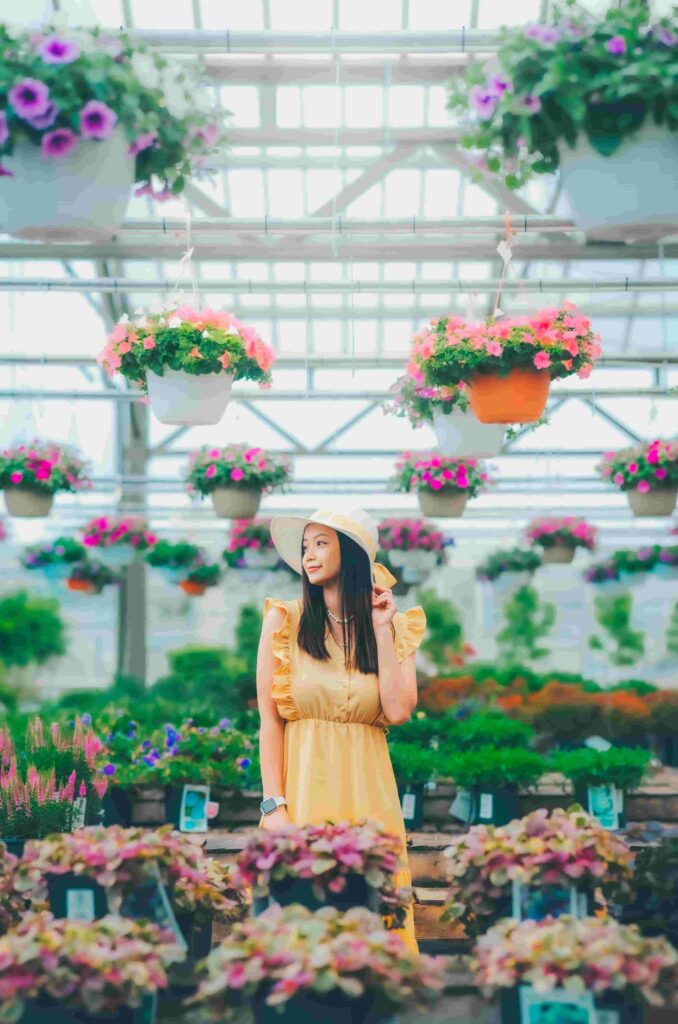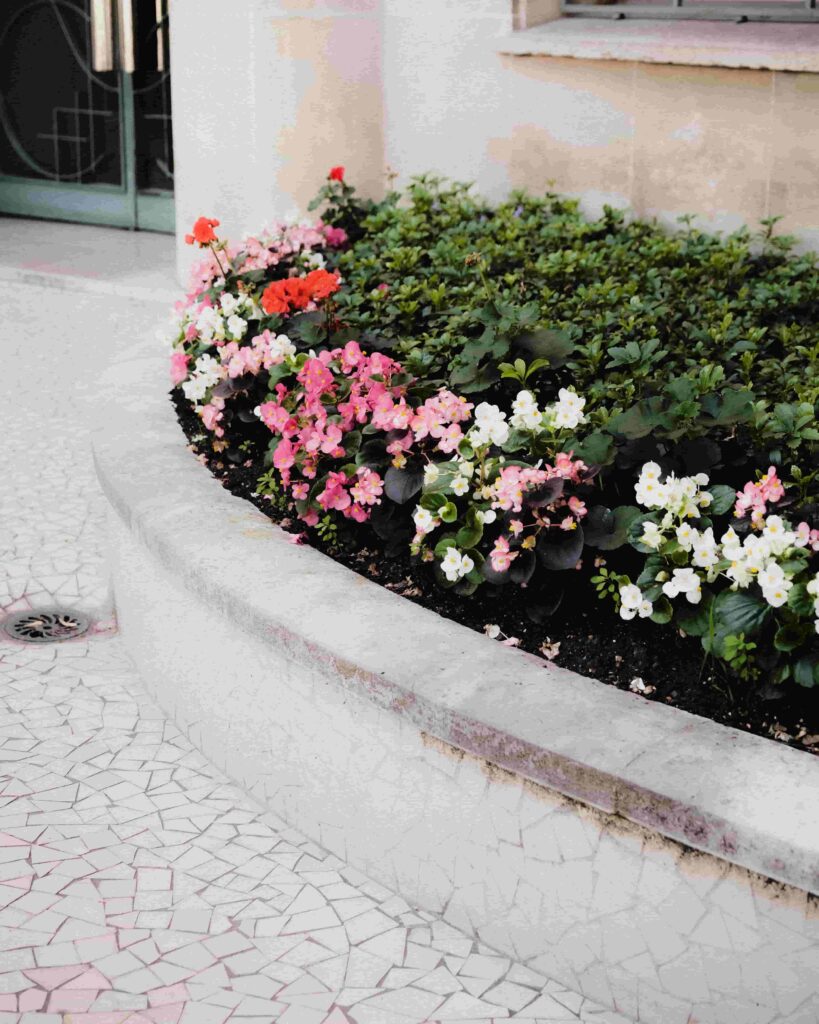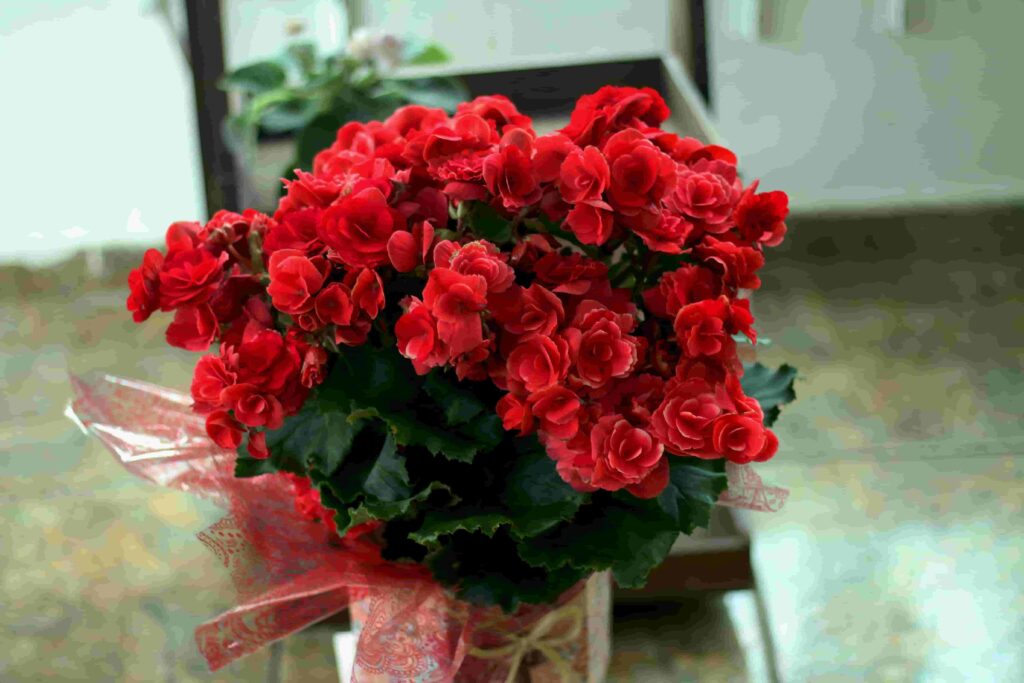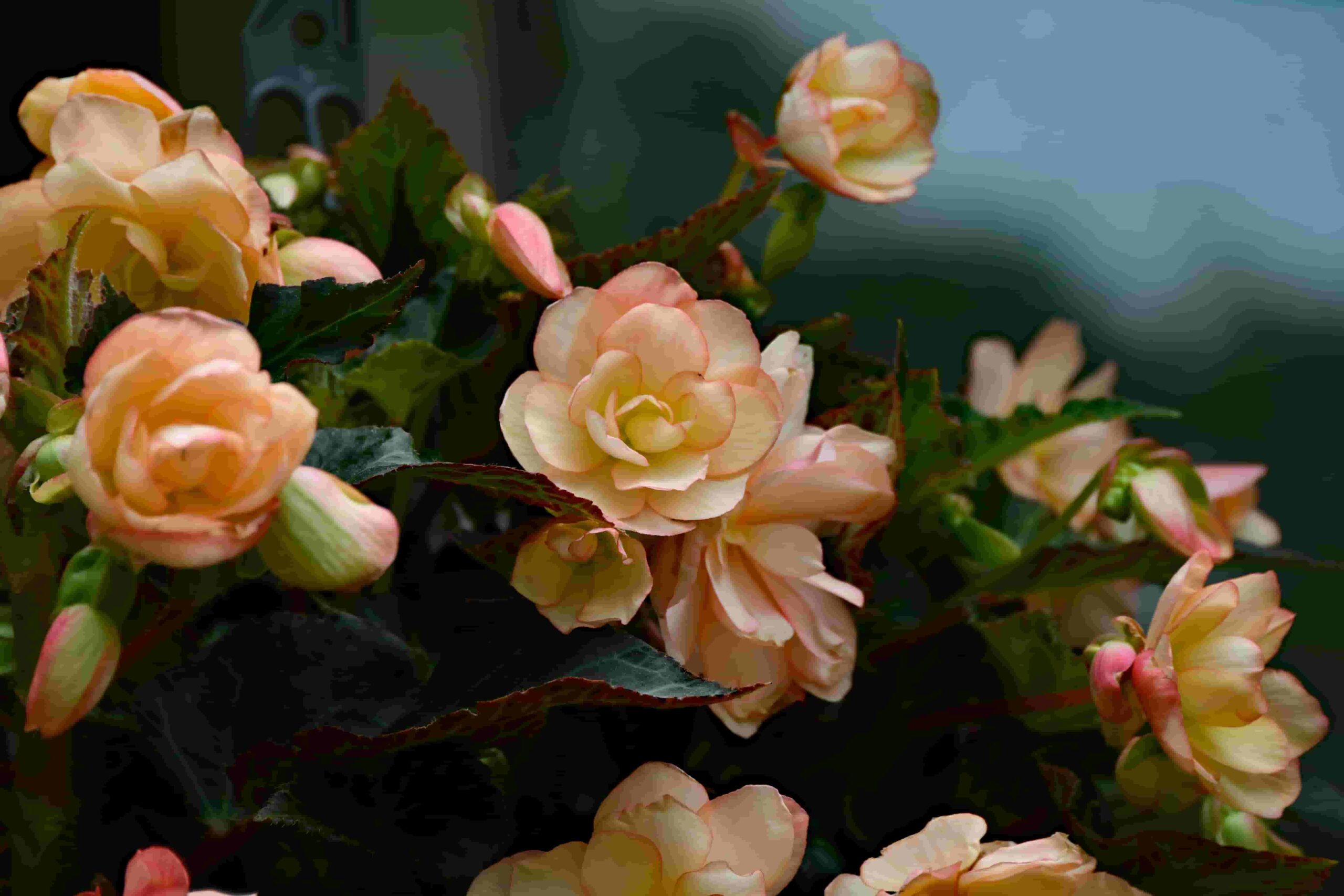परिचय
Begonias are popular ornamental plants known for their vibrant flowers and attractive foliage. Begonia plants can enhance the beauty and elegance of any garden or indoor environment thanks to their great variety of colors, shapes, and sizes. This article will go through the various varieties of begonias, their growing conditions, maintenance advice, and the various ways you may use these gorgeous plants in your gardening projects.
1. Types of Begonias

Begonia plants come in various types, each with its unique characteristics and growing requirements. Some popular types are:
1.1. Tuberous Begonia
Tuberous begonia plants produce huge, beautiful flowers and are ideal for adding brilliant hues to your garden during the summer days. They favor well-drained soil and some shade.
1.2. Rhizomatous Begonia
Rhizomatous begonia plants have attractive foliage and come in various patterns and colors. They are generally low-maintenance and can tolerate a wide range of light conditions.
1.3. Cane Begonia
Cane begonia plants are known for their tall, bamboo-like stems and beautiful clusters of flowers. They favor a reasonable level of humidity and indirect, bright light.
1.4. Rex Begonia
Rex begonia plants are prized for their stunning and often colorful foliage. They thrive in well-draining soil and prefer filtered or indirect light.
2. Choosing the Right Begonia for Your Garden
When selecting begonia plants for your garden, it’s important to consider their specific requirements. Consider the following elements:
2.1. Light and Temperature Requirements
The majority of begonia plants prefer direct, strong light. While some types like more shade, others need more sunlight. Begonias also grow well in temperatures between 60°F and 75°F (15°C and 24°C).
2.2. Soil and Watering Needs
Begonia plants require well-draining soil to prevent root rot. A loose and fertile soil mix enriched with organic matter is ideal. It’s essential to water begonias consistently, ensuring the soil remains moist but not waterlogged.
2.3. Considerations for Indoor Begonias
Indoor begonia plants should be placed near windows that provide bright, indirect light. Keep them away from regions with strong winds or sudden temperature changes.
2.4. Companion Planting with Begonias
Begonias can be paired with other shade-loving plants like ferns, impatiens, or hostas. Consider their growth habits, light requirements, and color combinations when planning your garden.
3. Planting and Propagating Begonias

To successfully grow begonia plants, follow these planting and propagation guidelines:
3.1. Selecting Healthy Begonia Plants
When purchasing begonias, choose plants with healthy foliage, firm stems, and no signs of pests or diseases. Inspect the roots to ensure they are white and well-developed.
3.2. Planting Begonias in the Garden
Loosen the soil and add organic material to the planting site to prepare it for planting. Dig holes that are slightly larger than the root ball of the begonia plant. Place the plant in the hole, backfill with soil, and gently firm the soil around the plant.
3.3. Propagating Begonias from Cuttings
To propagate begonia plants from cuttings, take stem cuttings from healthy plants and place them in a well-draining potting mix. Keep the cuttings moist and in a warm, humid environment until they develop roots.
3.4. Starting Begonias from Seeds
Begonia seeds are tiny and require a moist, sterile growing medium for successful germination. Sow the seeds on the surface of the soil mix, mist with water, and cover the container with a plastic dome to create a mini greenhouse.
4. Begonia Care and Maintenance
Proper care and maintenance are crucial for the healthy growth of begonia plants. Here are some essential tips:
4.1. Watering and Moisture Control
Water begonia plants thoroughly whenever the top inch of soil feels dry. Refrain from overwatering to prevent root rot. Mulching the soil can aid in temperature control and moisture retention.
4.2. Fertilizing Begonias
Feed begonia plants with a balanced, water-soluble fertilizer every two to three weeks during the growing season. The fertilizer should be diluted in accordance with the directions on the package.
4.3. Pruning and Deadheading
Regularly remove faded flowers and yellowing leaves to promote continuous blooming and maintain the plant’s overall appearance. Pruning leggy stems can encourage bushier growth.
4.4. Pests and Diseases to Watch Out For
Common pests that may affect begonias include aphids, mealybugs, and spider mites. Watch for signs of infestation and act quickly to treat them. Begonia plants are also prone to powdery mildew and bacterial leaf spot; ensure good air circulation and avoid overhead watering to prevent these diseases.
5. Creative Uses for Begonias

Begonias offer versatility in various gardening applications. Here are some creative ways to incorporate begonia plants into your gardening endeavors:
5.1. Hanging Baskets and Container Gardening
Begonia plants, especially trailing varieties, make excellent choices for hanging baskets and container gardening. Their cascading growth habit adds beauty and color to elevated spaces, porches, and balconies.
5.2. Begonias as Indoor Houseplants
With their attractive foliage and ability to thrive in indoor conditions, begonia plants make wonderful houseplants. Place them in well-lit areas or near windows to provide the right amount of light.
5.3. Begonias in Landscaping Design
These plants can be used to create stunning displays in garden beds and borders. Their vibrant flowers and foliage can serve as focal points or add interest when combined with other plants.
5.4. Begonias as Cut Flowers
The beautiful blooms of begonia plants can be cut and used in floral arrangements. Their longevity and vibrant colors make them a popular choice for adding a touch of elegance to bouquets.
6. Conclusion
Begonias are versatile and visually appealing plants that can enhance any garden or indoor space. By selecting the right type of begonia, providing appropriate care, and exploring creative uses, you can enjoy their beauty and elegance throughout the year. Whether you prefer tuberous begonia with their showy flowers or rhizomatous begonia with their striking foliage, these plants are sure to captivate and delight.
In this comprehensive guide, we’ve covered the different types of begonia plants, their growing requirements, care tips, and creative uses. Whether you’re a seasoned gardener or a beginner, these plants offer a wide range of possibilities to explore and enjoy. So why not bring the beauty of begonias into your own gardening endeavors? Start growing and caring for these stunning plants and witness the joy they bring to your space.
7. FAQs
Can begonias tolerate full sun?
While some begonia varieties can tolerate full sun, most prefer bright but indirect light. It’s important to provide adequate shade and protect them from intense afternoon sunlight.
How often should I water my begonias?
Watering frequency depends on various factors such as temperature, humidity, and soil conditions. As a general guideline, water begonias when the top inch of soil feels dry.
Can I grow begonias indoors?
Yes, many begonia varieties can thrive indoors. Place them near windows that provide bright, indirect light and ensure proper humidity levels.
How do I prevent powdery mildew on begonias?
To prevent powdery mildew, ensure good air circulation around your begonias by providing adequate spacing between plants. Avoid overhead irrigation and get rid of any sick leaves right away.
Can I save begonia tubers for the next season?
Yes, tuberous begonias can be saved for the next season. After the foliage dies back, dig up the tubers, remove any remaining soil, and store them in a cool, dry place until the next planting season.

